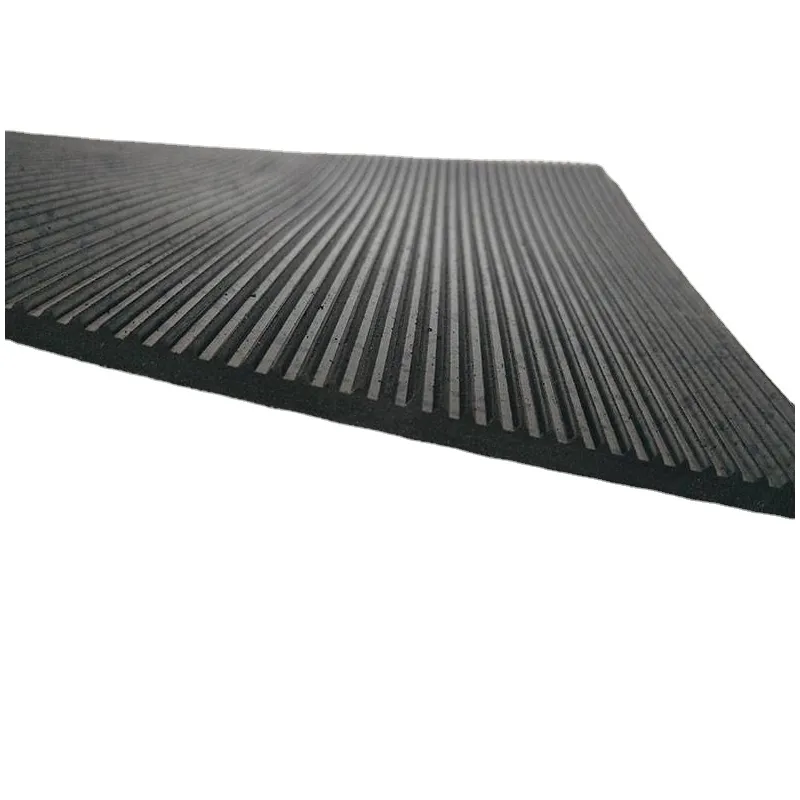Choosing the Right Thickness for PVC Edge Banding Applications
Understanding PVC Edge Banding Thickness A Comprehensive Guide
PVC edge banding is an essential component in furniture manufacturing and woodworking, offering both aesthetic appeal and functional benefits. It serves to cover the raw edges of materials such as plywood, particle board, and MDF (Medium Density Fiberboard), effectively preventing moisture damage, enhancing durability, and providing a finished look to the edges. One important aspect to consider when working with PVC edge banding is its thickness, which plays a crucial role in its application and overall effectiveness.
The Importance of Thickness
The thickness of PVC edge banding typically ranges from 0.4 mm to 3 mm, with the most common thicknesses being 0.5 mm, 1.0 mm, and 2.0 mm. The choice of thickness depends on several factors, including the material being banded, the desired finish, and the method of application.
1. Material Compatibility Different substrates may require different thicknesses of edge banding. Thicker edge banding is often used for thicker boards where more substantial protection is needed. On the other hand, thinner banding could be advantageous for lighter applications and smaller pieces of furniture.
2. Durability Thicker edge banding provides greater protection against chipping and abrasion. It is essential in high-traffic areas or where the furniture will endure substantial use, as it can withstand wear and tear over time.
3. Application Method The method of application also determines the suitable thickness. Hot-melt adhesive systems often pair better with thicker edge banding, whereas thinner options may be more apt for manual applications, such as using a standard iron to apply the banding.
Aesthetic Considerations
pvc edge banding thickness

The thickness of PVC edge banding can also impact the visual appeal of the finished product. Thicker banding can create a more pronounced edge, which might be beneficial in certain design contexts where a bold look is desired. However, if the goal is a seamless appearance, thinner options may be preferable, as they can be less conspicuous and provide a cleaner finish.
In addition to thickness, the color and texture of the edge banding are also critical. With a vast array of colors and finishes available, from high gloss to matte and wood-grain patterns, it’s essential to choose edge banding that complements the overall design of the furniture. Ensure the PVC edge banding matches or contrasts well with the main material for a cohesive look.
Choosing the Right Thickness
When selecting the right thickness for your PVC edge banding, consider the following
- Project Specifications Analyze the specific requirements of your project, including the type of material being banded and the expected usage conditions. - Finish Expectations Think about how you want your finished product to look. A thicker banding can create a bold statement, while a thinner option may achieve a more refined appearance. - Installation Method Consider the tools and techniques you will use for installation. Certain thicknesses may be more compatible with your available equipment.
Conclusion
PVC edge banding serves a vital role in modern furniture and cabinetry, and understanding its thickness is key to maximizing its benefits. By choosing the appropriate thickness based on your project requirements, you can ensure durability, aesthetic appeal, and a professional finish in your woodworking endeavors. Whether you are a professional craftsman or a DIY enthusiast, taking the time to consider edge banding thickness will lead to better results and enhanced craftsmanship.
-
Under Door Draught Stopper: Essential ProtectionNewsJul.31,2025
-
Garage Door Seal and Weatherstrips for ProtectionNewsJul.31,2025
-
Edge Banding Tape for Perfect EdgesNewsJul.31,2025
-
Table Corner Guards and Wall Corner ProtectorsNewsJul.31,2025
-
Stair Nose Edging Trim and Tile Stair SolutionsNewsJul.31,2025
-
Truck Bed Rubber Mats for Pickup BedsNewsJul.31,2025
-
Window Weather Stripping for Noise ReductionNewsJul.29,2025